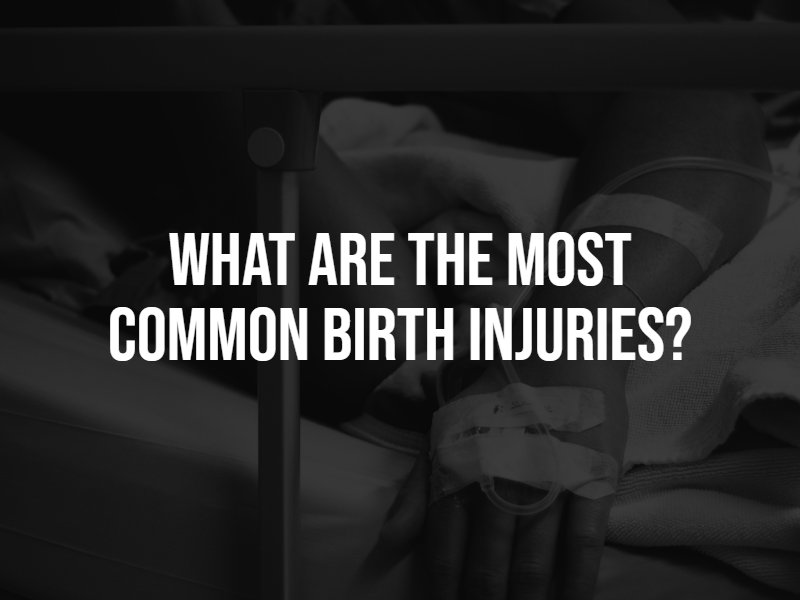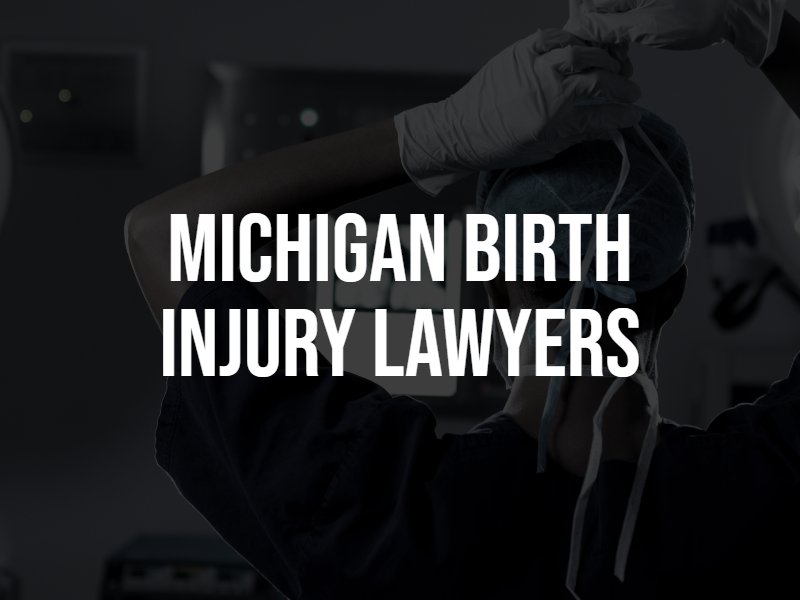It never ceases to amaze and disappoint us how poorly doctors and hospital staff communicate with patients, especially after an unexpected and tragic event like a severe birth injury. Many of our clients come to us for help because they are not getting straight answers, and in some cases no answers at all. Our injury lawyers in Grand Rapids understand your frustration in simply wanting to know if your baby’s injury was caused by a preventable mistake or by one of life’s natural results. We successfully answer that question for many parents and will answer it for you, too.
If you or someone close to you suffered difficult labor and delivery resulting in injury to your newborn child, act quickly and seek legal advice to preserve evidence. The only way to determine whether the injury was avoidable is to have prenatal care, delivery, and newborn medical care reviewed by professionals who know the complex medicine between mother and fetus during gestation, stresses the fetus undergoes during labor, effects of those stresses, adjusting to life outside the womb, and responses to stresses and factors of the environment. At Buchanan Firm, our combined birth injury team has decades of experience handling medical malpractice cases, including birth injury cases and birth trauma cases. We know both the law and medicine – and have obstetric experts a phone call or Zoom call away. The Buchanan Firm team will quickly and efficiently assess the medical records and facts to take immediate action to protect your child’s rights and if malpractice is found, fight to secure fair and just compensation for the harms and losses. If your child suffered birth trauma due to malpractice, contact us for a free consultation. Our Michigan birth injury lawyers will recover maximum compensation.

For every 1,000 babies born in the United States, six will suffer a birth injury or birth trauma. That amounts to approximately 2 million birth injuries each year in the United States. Some injuries resolve quickly or are easily treatable, while other birth injuries are more serious and cause developmental delays or neurological deficiencies that alter life. Carrying and delivering a baby is a delicate process and complications can occur from several factors. Though there are many possible causes of birth injury, there are common causes or contributing risk factors:
A birth injury occurs even without malpractice, under the best medical care, where nothing should have or could have been done by the healthcare providers to avoid injury, health problems, or permanent disabilities. Unfortunately, some birth injuries result from medical negligence or medical errors by healthcare professionals. In many cases, a birth injury in Michigan could have been prevented altogether (or may have been made considerably less severe) if timely and appropriate intervention by healthcare providers had occurred. Common errors or mishaps include:
Apgar score is a test given one minute after a baby is born, and five minutes later. Sometimes, if there are concerns about the baby’s condition or the score at five minutes is low, the test may be scored for a third time at ten minutes after birth.
Five factors are used to evaluate the baby’s condition and each factor is scored on a scale of 0 to 2, with 2 being the best score:
A: Appearance (skin color)
P: Pulse
G: Grimace (reflex)
A: Activity (muscle tone)
R: Respiration
A perfect Apgar score is 10. A score lower than seven means that the baby might need help breathing. A low Apgar score does not always mean a child will have serious or long-term health problems, as it is not meant to predict the future health of the child. However, it may signal a serious and potentially life-threatening problem requiring immediate medical attention.
When birth injury or birth trauma occurs, there is a risk of long-term, permanent, and life-changing harm for the baby. In severe cases, a child will experience developmental disorders, brain damage, or nerve damage. Common, serious, and long-term medical issues include:

During pregnancy, in addition to learning how to burp the baby, or change a diaper, expectant parents should learn important medical terminology often used in labor and delivery.
A comprehensive list of labor and delivery medical terms compiled by the American Pregnancy Association can be found here:
https://americanpregnancy.org/healthy-pregnancy/labor-and-birth/labor-and-birth-terms-to-know/
Additionally, expectant parents should be aware of common interventions. Research shows that many times interventions are done for convenience sake than for medical reasons. Being well-informed about common interventions can help you make the right decisions. Here are two common interventions that may occur:
Induction: An artificial way to start labor using an induction method such as membrane stripping (separating the cervix from the tissue around baby’s head), rupture of membranes, cervical ripening, and Pitocin. There are various medical reasons for inducing labor, but there are also many reasons not to induce – be sure to ask your healthcare provider the reasoning for induction if they are suggesting it needs to be done.
Caesarean Birth: A major surgery that allows the baby to be removed via incisions into the abdomen and uterus. When there is an urgent threat to life of the mother or baby, a caesarean can be lifesaving. Examples of trouble include a mother hemorrhaging or a baby not getting enough oxygen. Sometimes caesarean birth is necessary, but you can lower your risk by having skilled, continuous labor support (a medically informed spouse or parent, doula, etc.), and be involved in decision-making, asking if each medical intervention or pain-relief option increases the risk of caesarean birth.
Unfortunately, not all birth injuries can be prevented. However, expectant parents who are educated, prepared, and not afraid to ask questions of healthcare providers can often avoid major complications that could occur during delivery.
If your child was injured during labor and delivery, please contact the Buchanan Firm birth injury team for an immediate and free initial case evaluation. Our experienced Michigan birth team will provide answers, and if the birth injury resulted from healthcare provider error, we will seek just and fair compensation for your injured child.